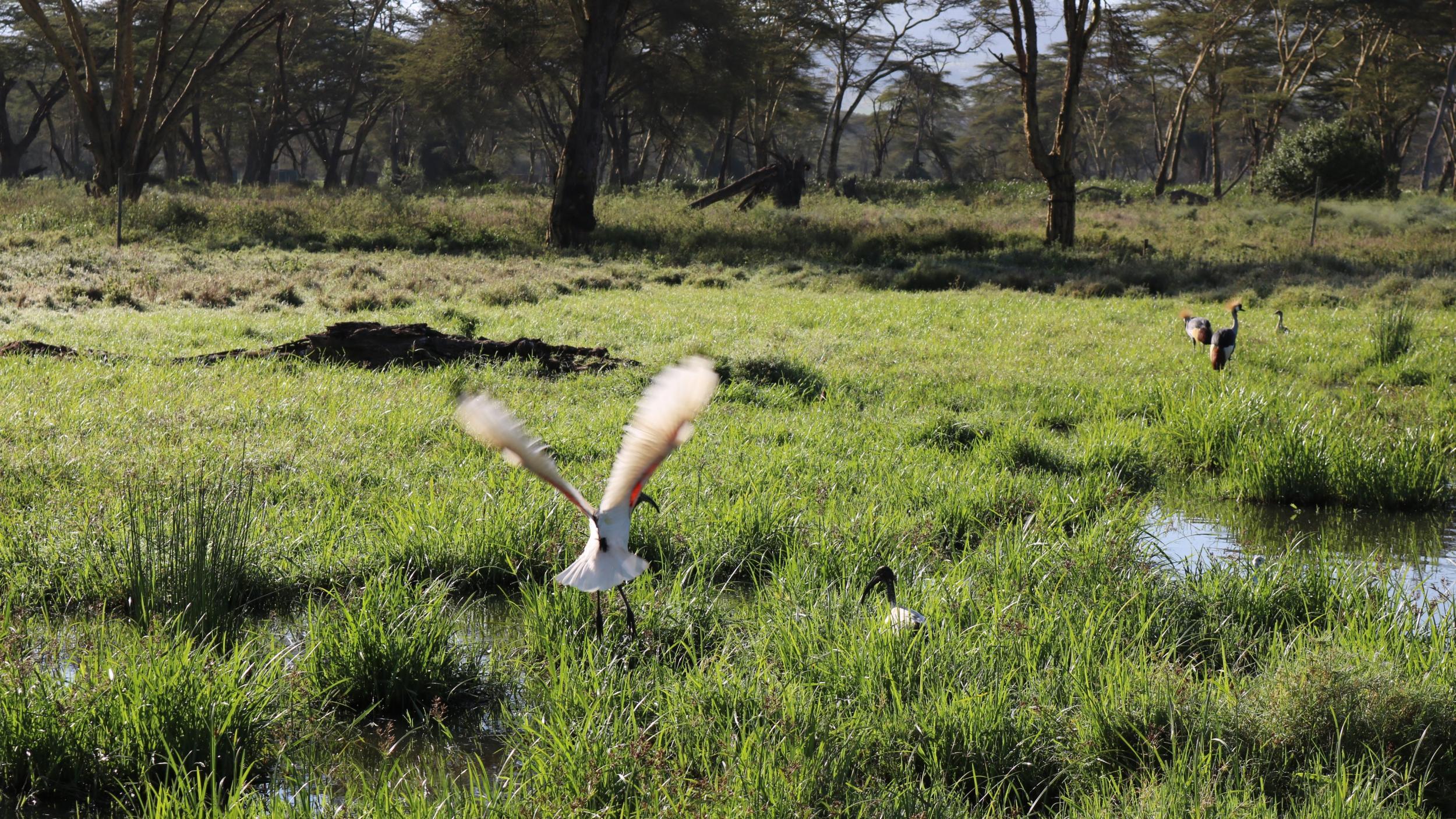Calls to protect Kenya’s wetlands to save key water sources
Threatened wetlands drive Kenya’s flower industry and support millions of people

Your support helps us to tell the story
From reproductive rights to climate change to Big Tech, The Independent is on the ground when the story is developing. Whether it's investigating the financials of Elon Musk's pro-Trump PAC or producing our latest documentary, 'The A Word', which shines a light on the American women fighting for reproductive rights, we know how important it is to parse out the facts from the messaging.
At such a critical moment in US history, we need reporters on the ground. Your donation allows us to keep sending journalists to speak to both sides of the story.
The Independent is trusted by Americans across the entire political spectrum. And unlike many other quality news outlets, we choose not to lock Americans out of our reporting and analysis with paywalls. We believe quality journalism should be available to everyone, paid for by those who can afford it.
Your support makes all the difference.By Jeckonia Otieno, The Standard
This year the world came together in February in support of World Wetlands Day. Climate change is said to be a strong focus this year, pushing the theme - healthy wetlands, healthy communities - as it is said one cannot survive without the other.
The Ewaso wetlands in Laikipia County, which is also home to Kenya's second largest wildlife population outside the Maasai Mara, stretches for 9.6 square miles and supports Kenya's multi-million pound horticulture industry.
The wetlands – also locally known as Marura – play a critical role in the ecosystems of northern Kenya. The river is a lifeline to not only local communities of Laikipia, Samburu, Isiolo and Wajir counties but also urban centres, ranches and wildlife conservancies.
There is pressure mounting from local governments to have these wetlands protected as they are a critical lifeline for local communities as well as wildlife in the region. Leaders are asking that management plans be implemented that could be replicated throughout Kenya that could help nurture bigger water bodies like rivers and lakes.
Such synergy is necessary for all wetlands across the country before it's too late.
During the February celebrations, the importance of water conservation was magnified for members from local communities especially during dry spells to avoid in order to avoid conflict.
El Karama, a cattle ranch that’s also home to wildlife and an award-winning eco-lodge located in the heart of the Laikipia eco-system on 14,000 acres of private land, among other eco practices, harvests the surface runoff water and stores it in tanks for use during the dry season.
The local government say that if this can be emulated, it can not only avert crises during dry seasons but also save local communities and urban centres along the river from disastrous flooding. This can also be replicated in other parts of the country to save wetlands that face pressure during drought.
County and national governments, therefore, hold the key to creating an enabling environment to ensure water harvesting during the rainy season.
Among activities lined up during the World Wetlands Day is planting trees. Though this is welcomed, governments are urged to stop making the planting of trees ceremonial, but instead, make it the norm so as to save and strengthen ecosystems.
One thing of note is that as it stands now, there are so many fragmented efforts with conservation in Kenya. While it is a good thing to have many players in conservation, an audit is necessary to find out what exactly is being conserved.
That aside, the organisations themselves need to work in synergy if they are to make a significant impact. Working in isolation has plagued public institutions that are charged with conservation.
A glaring example is the renowned Lake Naivasha Basin, located 60 miles northwest of Kenya's capital, Nairobi, where the Water Resources Authority and National Environment Management Authority are at loggerheads over plans to revise the riparian zone inward towards the lake.
Therefore it is time the country changes tack on wetland conservation; above everything else, Kenyans must work together to conserve their natural resources.

This article is reproduced here as part of the Giants Club African Conservation Journalism Fellowships, a programme of the charity Space for Giants and supported by the owner of ESI Media, which includes independent.co.uk. It aims to expand the reach of conservation and environmental journalism in Africa, and bring more African voices into the international conservation debate. Read the original story here
Join our commenting forum
Join thought-provoking conversations, follow other Independent readers and see their replies
Comments